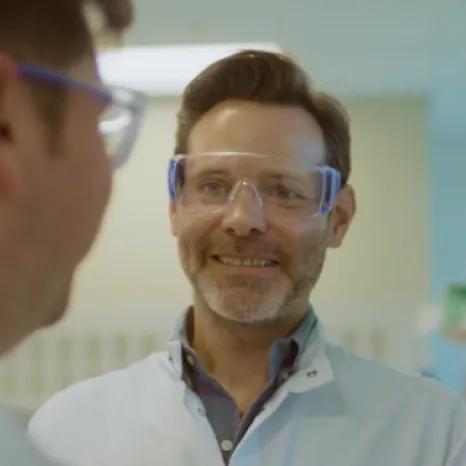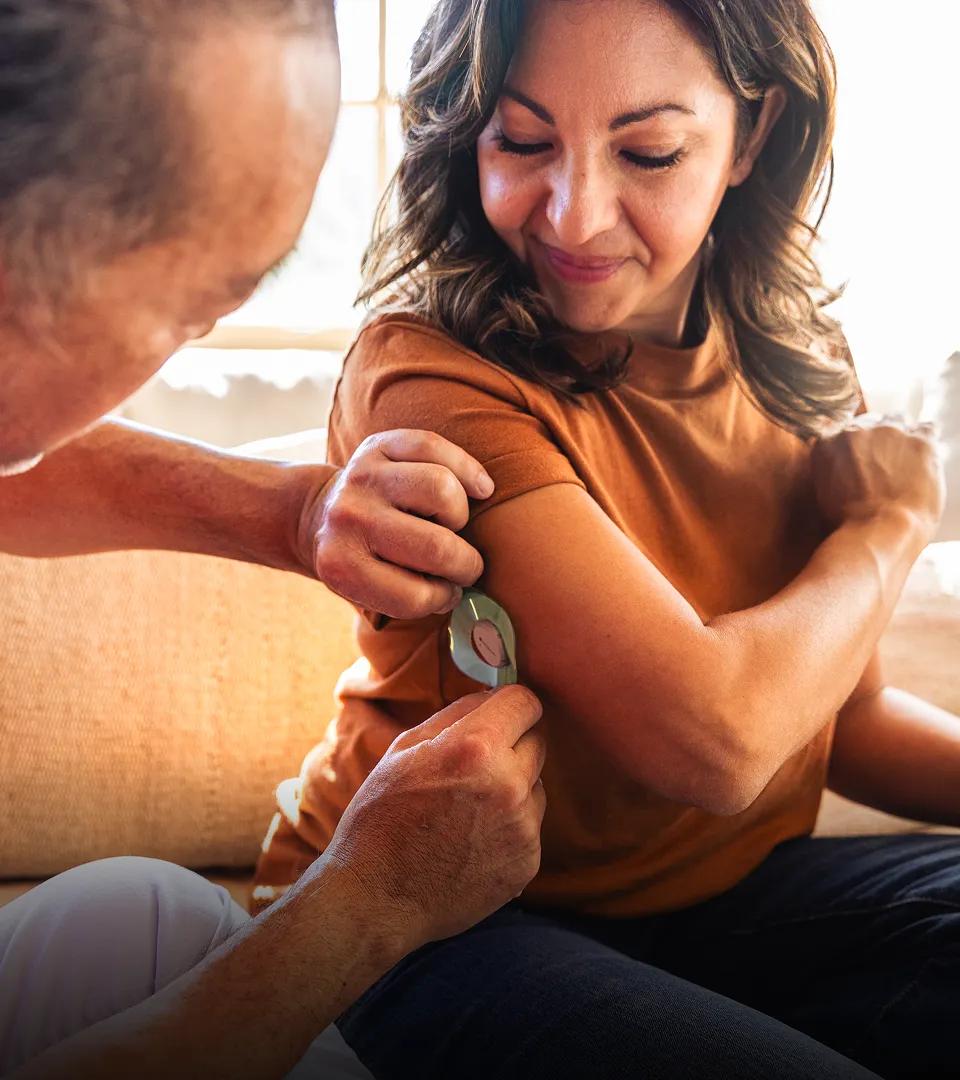A watershed moment at HLTH 2024

Be Bold.
With the theme 'Be Bold' echoing throughout HLTH 2024, this year’s conference was a vibrant display of ideas and innovations. A notable example was the collaboration between Verily, the Southern Nevada Health District (SNHD), and the Clark County Water Reclamation District (CCWRD).
In October 2024, representatives from SNHD, CCWRD, and Verily launched a wastewater pilot program to explore intensive wastewater monitoring leading up to and following the conference. This pilot was designed to coincide with the 2024 HLTH conference, where over 12,000 leaders in the pharmaceutical, life sciences, and health industries gathered at the Venetian Conference Center. Wastewater samples were collected on a daily basis from the Flamingo Road treatment plant, which processes over 115 million gallons of water daily, ensuring comprehensive monitoring of the Las Vegas Valley, including the bustling Strip. Samples were analyzed within ~24 hours of receipt at Verily’s lab and results were reviewed daily with public health officials and then made available to conference attendees through a wastewater microsite.
A new approach to events – wastewater epidemiology
Las Vegas welcomes over 40 million visitors each year. Given the city’s significant tourism industry, the impact of visitors on public health has become increasingly relevant.


Las Vegas is a wonderful place for wastewater, because not only do we have 2.5 million residents here in the Las Vegas Valley. On any given day we have 300,000 tourists, and wastewater is another way to contribute to the health and welfare of this community
Dan Fischer, Deputy GM, Clark County Water Reclamation District
Data, insights, action
Verily, SNHD and CCWRD have been working together on wastewater monitoring for the area since 2023. By monitoring pathogen presence and levels in the wastewater, the local public health department has gained invaluable data that has aided in risk communication, intervention evaluation, resource allocation, and clinician education. It has proven to be an effective method for detecting the presence of various diseases circulating in a population, ranging from respiratory illnesses like SARS-CoV-2 and influenza to emerging threats such as mpox and hepatitis A.
Verily has been at the forefront of wastewater based epidemiology in the United States since 2020, providing critical services to state and local health departments as well as national initiatives like WastewaterSCAN and the Centers for Disease Control and Prevention’s National Wastewater Surveillance System (NWSS). These initiatives are based on laboratory analysis of wastewater samples for key biological and chemical targets, but they also foster collaborative partnerships among public health departments, public works facilities, and commercial entities to protect community health.

We turn this complex sample into actionable data — spotting trends in pathogen levels that are important for public health quicker than through traditional public surveillance
Bradley White, Principal Scientist, Verily
Findings from HLTH 2024
When it comes to infectious diseases, the race is always on. Traditionally, once you see a large number of clinical cases, an outbreak has already taken hold. That’s where the power of the data we collect from wastewater comes in — to help detect the spread of certain infectious diseases as early as possible so communities — and individuals — can take action.
During HLTH 2024, Verily worked with SNHD and CCWRD to collect and analyze samples from the Las Vegas area daily in order to see if there was a measurable impact on the concentration of pathogens in wastewater during the conference. Historical data were analyzed to determine the baseline of concentrations and a threshold above which the public health department would alert individuals of any actions they could take to protect themselves and their families from infectious diseases. Results were reviewed by public health experts at SNHD each day and shared through a wastewater microsite.
Over the course of this three-week pilot, the concentration levels of most pathogens were low. Mpox was not detected at all, while RSV and influenza A and B viruses were only sporadically detected. There were several interesting findings:
- Norovirus was detected before, during and after the HLTH event, which was consistent with levels seen throughout the U.S. during this time period and may have signaled the onset of a seasonal winter outbreak.
- EV-D68, was detected intermittently, primarily at low levels, before and after, but not during the event.
- Hepatitis A was not detected until it emerged at low levels during the final days of testing, which is fairly common for this sewershed.
- SARS-CoV-2, was detected at low levels throughout the pilot with a short spike at the end of the event. Although influenza A was only detected sporadically before and during the HLTH event, it was consistently present during the final days of the pilot. Taken together, this may signal the beginning of respiratory virus season for the Las Vegas area.

I conducted daily reviews of the data to detect potential spikes and the health department was prepared to respond proactively if needed. Fortunately, no outbreaks were detected.
Anilkumar Mangla, Director of Disease Surveillance & Control, Southern Nevada Health District
Las Vegas is at the forefront of wastewater monitoring in large part due to the partnership between Verily, Southern Nevada Health District, Clark County Water Reclamation District , and other local partners. This group will continue to collaborate to keep those who live in and visit the area safe by providing timely information about what pathogens are circulating by monitoring wastewater.
If you are interested in learning how to implement wastewater monitoring in your community or for an event that you are hosting, please contact Verily.
To see data about what pathogens are circulating in other locations around the United States, see Verily’s Wastewater Testing Dashboard.


